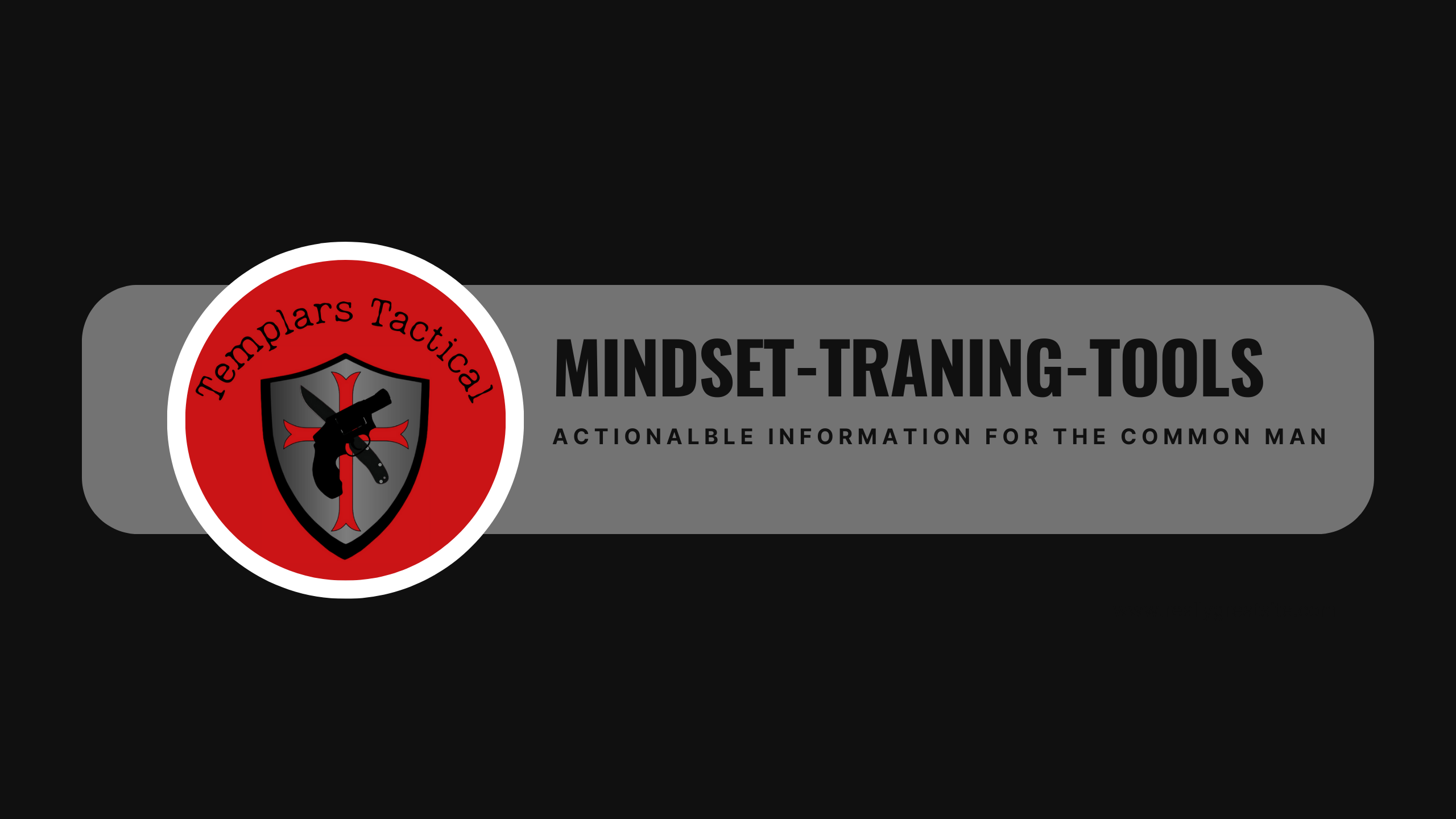
When defending yourself in an attack, if you manage to create the time and distance needed to deploy your own force option, your approach should aim to neutralize the threat as quickly as possible. Imagine the human body as a 55-gallon drum of water—you want to drain it effectively. A fundamental principle of edged weapon usage is that cuts injure, but stabs stop or kill. This brings us to the Palm Brace Grip, a technique that can be employed with almost any fixed blade or locking folder (once deployed—more on that another time).
Traditional grips, like the Monkey Grips, often position the blade above or below a tightly held hammer fist. While these grips may feel natural, they have limitations. Monkey Grip forward is best for low-line stabs, while Monkey Grip reverse suits high-line stabs. However, both grips place the blade outside your silhouette, making it easier for an attacker to spot and defend against, especially in low light. Additionally, these grips tend to rely on gross motor skills, which can lack precision.



The Palm Brace Grip addresses these issues. Picture using the knife like a sewing machine—punching precise holes in the attacker until the threat is neutralized. Since the knife remains close to your silhouette, it’s harder to detect or defend against. You don’t target specific areas but respond to whatever comes at you, starting with the attacker’s hands and arms. As they retract, their body becomes exposed. Key targets include the groin, under the sternum, and the throat. Striking one area forces the attacker to react, exposing other vulnerabilities. For example, a groin strike will drop their hands, leaving the torso or throat open, while a torso or throat strike raises their hands, exposing the groin.


To build proficiency with the Palm Brace Grip, practice by hanging a tennis ball on a piece of cord at approximately 5 feet 7 inches to simulate an attacker’s throat. Use your pointer finger to “poke” the ball, focusing on precision rather than the knife itself. This practice develops muscle memory and accuracy. The knife featured in the photos is the Old Timer Boot Knife, a single-edged dagger that is legal in most areas and costs about $27, making it an affordable and reliable option. However, its OEM leather sheath is subpar for deployment. Upgrading to a quality Kydex sheath significantly enhances its practicality. Another excellent option is the Reverse Karl from Auxiliary Manufacturing, which is ideal for the Palm Brace Grip and Inverted Edge Tactics. Its design minimizes the chance of dropping it, as all it requires is proper use of your pointer finger.



